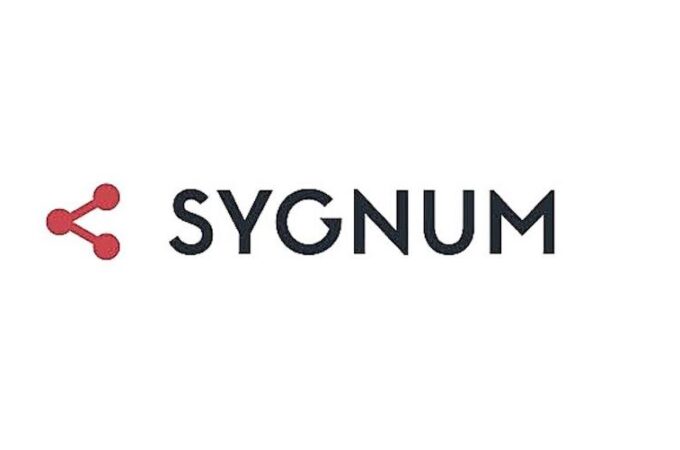
The 4 Things It Takes to Succeed in the Digital Economy
By Lindsey Anderson and Irving Wladawsky-Berger for Harvard Business Review
For several years now digital has been an appendage to “business as usual.” But recently, digital transformations have reached the tipping point where digital has become “business as usual”; the tail has become the dog. Digital is not just part of the economy — it is the economy.
It’s an economy of limitless opportunities for some and disruption and displacement for others. Many firms — such has Kodak, Blockbuster, Sears, and Blackberry — were unable to adapt, while others are thriving. According to MIT Sloan research, the companies that are adapting to a digital world are 26% more profitable than their industry peers.
How are these thriving firms reinventing themselves, their supply chains, and their marketplaces? For an upcoming MIT symposium on the topic, we’re focusing on four main themes: customer expectations, product enhancements, collaborative innovations, and organizational forms.
Customer expectations
No transformation is more challenging than meeting the service expectations of digitally empowered customers. Digital technologies enable companies to better engage with their customers and offer superior experiences at affordable costs. But providing outstanding experiences to increasingly savvy, and fickle, customers is getting harder.
Customer expectations go beyond ease of use; they’re now expecting proactive experiences. Dr. Dieter Haban, CIO of Daimler Trucks North America, offers Daimler Trucks’s Detroit Virtual Technician as a good example. Imagine that you’re on a tight schedule driving an 18 wheeler and your engine light comes on when you’re 100 miles from the nearest service station. What to do? Continue driving and risk a time-consuming breakdown, or call a service vehicle to diagnose the issue, also resulting in lengthy downtime?
Detroit Virtual Technician is a telematics solution that records critical vehicle performance data immediately before, during, and after a fault occurs. It then sends the data to Daimler’s mission control center for quick analysis of the fault codes by its technicians. The technicians can provide the driver and fleet owner immediate feedback, including whether the truck needs immediate service or whether it can continue on its journey. This is the kind of experience customers will expect in the future.
Big data is one of the enablers of proactive customer experiences. Thriving companies will continue to leverage data by using it to address the cracks in company security, worries about data privacy, and the limitations of analytics that became apparent in the first wave of big data.
Product enhancements
Thriving companies are also integrating related products and services into sophisticated industry solutions, while extending and restructuring industry boundaries, essentially creating whole new industries. Michael Nilles, recently promoted to Schindler’s chief digital officer, offers a great example. Schindler has expanded its business beyond its elevator and escalator products to become a mobility solutions company, offering its technology in a variety of industries including health care, hotels, offices, malls and retail outlets, and sports arenas and expos. A major enabler in this evolution was the development of smart elevators and escalators that constantly collect sensor data and transmit it over the internet to Schindler’s back-end systems, where the data is analyzed, generating maintenance notifications long before an actual breakdown. These notifications, enriched with expert repair advice, are then dispatched in real time to Schindler’s service applications, where technicians are scheduled as appropriate.
Beyond individual products, companies have been harnessing the power of platforms to connect buyers and sellers (e.g., Etsy, Priceline, and Apple’s App Store), hosts and visitors (e.g., Airbnb and HomeAway) and drivers with riders (e.g., Uber, Lynx, and RideScout). Some platforms, such as Uber, are giving rise to a new on-demand economy that’s redefining the nature of work.
Collaborative innovations
Companies must become more innovative to better respond to the highly competitive, global business environment. Collaboration is indispensable for innovation, both within the company’s own boundaries and beyond, with customers, partners, startups, universities, and research communities.
Thriving companies are harnessing collaborative digital networks to build ecosystems, such as Amazon, PayPal, Fidelity, Aetna, Apple, and Microsoft. Ecosystems like these are moving beyond linear supply chains to partner with providers of complementary products and services (or sometimes even competitors). According to MIT research, companies with 50% or more of their revenues from digital ecosystems have higher revenues and higher profit margins than their industry’s average.
Collaboration and ecosystems are particularly important in the emerging Internet of Things, where multiple companies across different industries must make sure that their offerings work with each other in a number of highly complex areas including health care, home automation, and smart cities.
Companies such as AUDI, Club Med, and mBank are competing with digital innovations by empowering local teams to build solutions quickly while helping them identify and leverage synergies. These companies are also creating accessible and reusable global platform components that give local solutions competitive advantages while at the same time coaching local teams in designing and learning from experiments.
Organizational leadership
Companies must rethink their structures and culture to better deal with new market environments and business models. The hierarchic organization that prevailed in the 20th century’s production-oriented industrial economy will not work in the more global and fast-changing digital economy. The companies that are most successfully adapting are making a cultural shift from “Mad Men” to “Math Men,” where decision making is increasingly based on data rather than on the frequently wrong opinions of senior executives. These companies are adding data scientists to enhance organizational learning. They’ve made some decisions faster by relying on algorithms, and they are introducing artificial intelligence, robotics, and other advanced technologies as appropriate.
Thriving companies also acknowledge the dark side of the digital economy and that more resources and a greater strategic emphasis on cybersecurity will be required to address the increasing number of attacks, the growing expertise of hackers, and the thriving black market for stolen data and malware. Luis A. Aguilar, former commissioner of the SEC, has warned that boards that choose to ignore or minimize the importance of cybersecurity oversight do so at their own peril.
The digitization of the economy is one of the most critical issues of our time. Digital technologies are rapidly transforming both business practices and societies, and they are integral to the innovation-driven economies of the future. But there is another dark side: technological revolutions are highly disruptive to economies and societies. This was the case during the Industrial Revolution, and it is the case today.
While technologies advance rapidly, organizations and skills advance slowly, and the gap between swiftly evolving technology and the slower pace of human development will grow quickly in the coming decades as exponential improvements in artificial intelligence, robotics, networks, analytics, and digitization affect more and more of the economy and society. Inventing effective organizations for the digital economy is the grand challenge for our time, and the companies that are already adapting are leading the way.
The article first appeared in HBR





